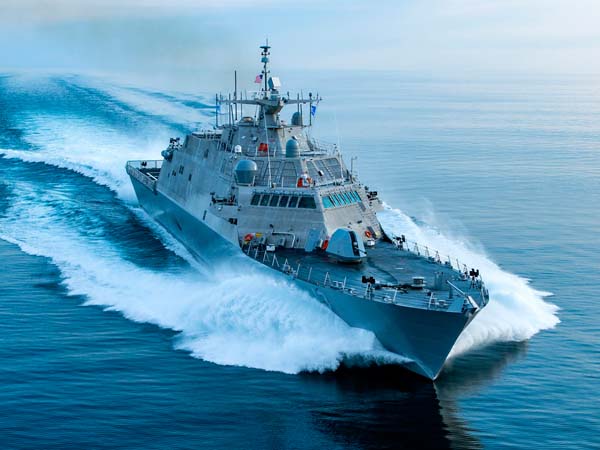
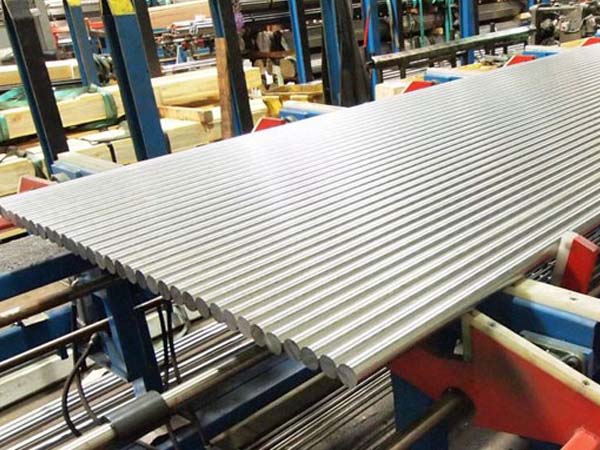
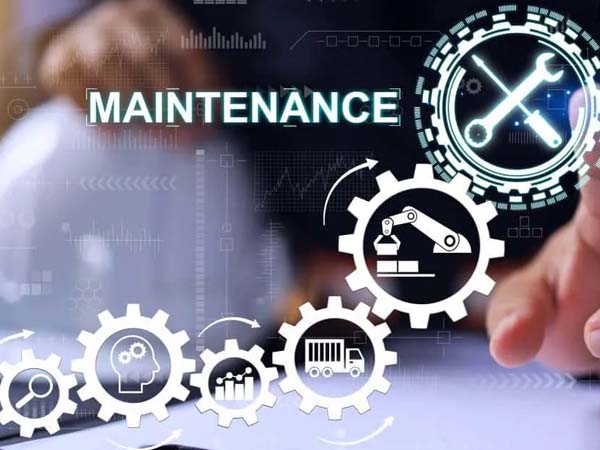
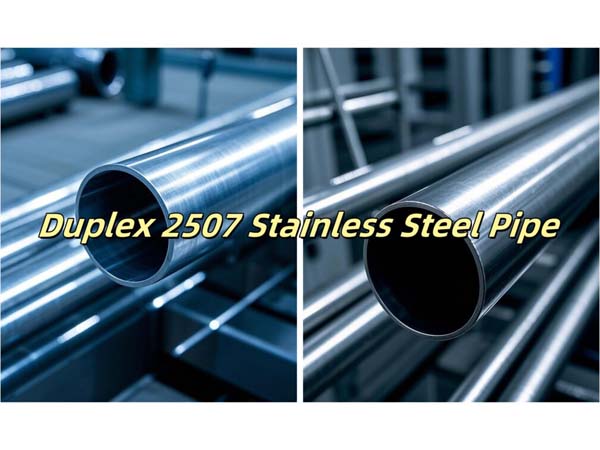
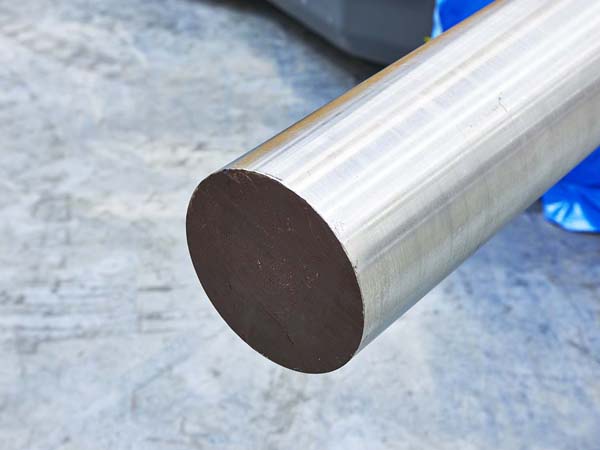

Phone
+86-731-82250427
Address
25th floor, C3 Building, Wanda Plaza, Kaifu District, Changsha, Hunan Province, China.
 Apr 8 2025
Apr 8 2025Q1: How to prevent oxidation or corrosion of Inconel 625 pipes in high-temperature environments?
A1:
Ø Limit service temperatures to ≤900°C.
Ø Apply anti-oxidation coatings (e.g., aluminide).
Ø Avoid prolonged exposure to sulfur or halogen-containing media.
Q2: What causes weld cracking or intergranular corrosion, and how to mitigate it?
A2:
Ø Cause: High heat input during welding leads to carbide precipitation.
Ø Solutions: Use low-heat-input TIG/laser welding, ERNiCrMo-3 filler, and post-weld solution annealing (1100–1150°C).
Q3: How to avoid cracking during cold working (e.g., bending)?
A3:
Ø Limit cold deformation to ≤20% per step.
Ø Anneal pipes at 980–1030°C before forming.
Ø Use high-performance lubricants (graphite/MoS₂-based).
Q4: How to address pitting or stress corrosion cracking (SCC) in chloride environments?
A4:
Ø Maintain Cl⁻ concentration <50 ppm.
Ø Implement cathodic protection or add corrosion inhibitors (e.g., molybdate).
Ø Clean pipes regularly to prevent Cl⁻ buildup.
Q5: How to minimize scaling or carbon buildup inside alloy 625 pipes?
A5:
Ø Use chemical cleaning (nitric + hydrofluoric acid mixtures).
Ø Optimize fluid velocity (>2 m/s).
Ø Apply ceramic coatings (e.g., Al₂O₃) on inner surfaces.
Q6: How to extend fatigue life under cyclic loading?
A6:
Ø Avoid sharp geometric transitions in design.
Ø Perform periodic NDT (ultrasonic/penetrant testing).
Ø Apply shot peening to critical areas.
Q7: Why does hydrogen embrittlement occur in hydrogen-rich environments?
A11:
Ø Cause: Hydrogen diffusion into the alloy matrix.
Ø Solutions: Avoid cathodic overprotection; use low-hydrogen welding processes.
Q8: Why does localized overheating occur during service, and how to resolve it?
A8:
Ø Cause: Uneven thermal distribution or flame impingement.
Ø Solutions: Redesign supports/insulation; avoid direct flame contact.
Q9: How to handle intermetallic phase precipitation during long-term aging?
A9:
Ø Control aging temperatures below 650°C.
Ø Perform solution annealing every 5–10 years (for critical applications).
Q10: How to repair surface scratches or minor corrosion damage?
A10:
Ø Polish affected areas mechanically.
Ø Re-passivate surfaces using nitric acid (20–50% concentration).
Q11: How to reduce costs while using Inconel 625 seamless pipes?
A7:
Ø Use composite pipes (carbon steel + Inconel 625 lining).
Ø Opt for cost-effective alternatives (e.g., NS336 alloy).
Ø Recycle qualified scrap material.
Q12: How to ensure dimensional stability during thermal cycling?
A12:
Ø Design expansion joints to accommodate thermal stress.
Ø Select optimized wall thickness based on ASME B31.3 guidelines.
